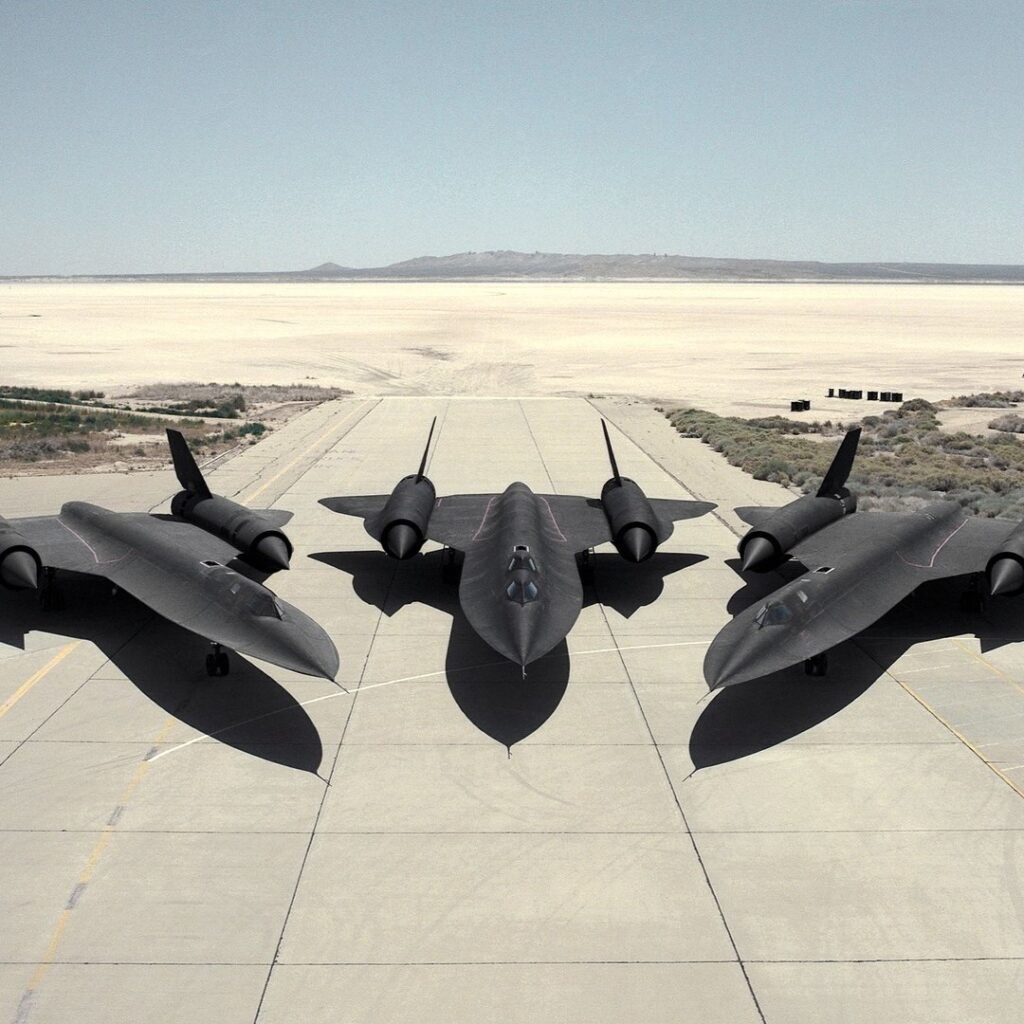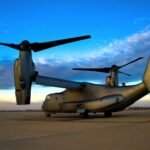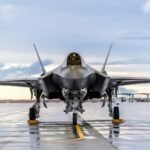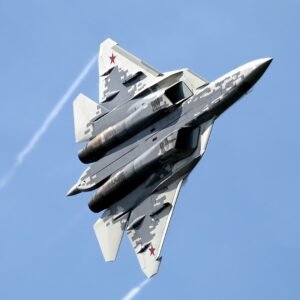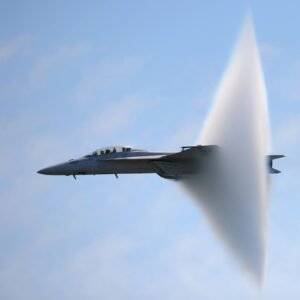Introduction
Lockheed Martin SR71 Blackbird was a long-range, Mach 3+ strategic reconnaissance aircraft. It was developed by Lockheed Martin for the United States Air Force. It was in service from 1964 to 1998 and remains one of the most advanced aircraft ever built. The SR-71 was designed to fly at high altitudes to avoid detection and interception by enemy air defenses. Its aerodynamics and technology set it apart from other aircraft of its time. The SR-71 Blackbird is considered a symbol of American technological achievement and remains a popular subject among aviation enthusiasts.
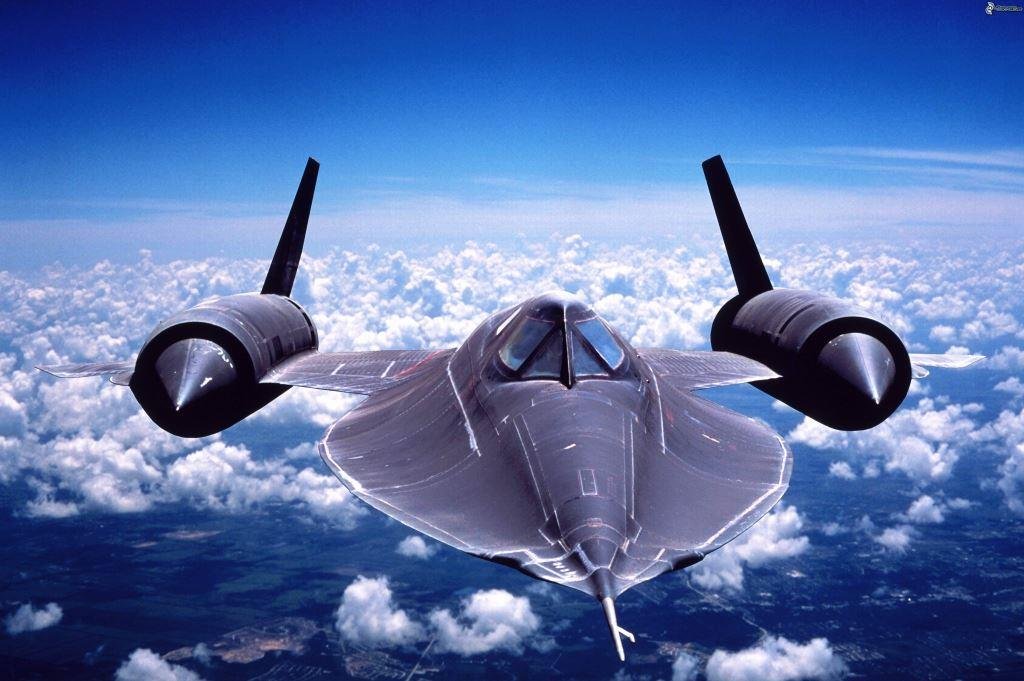
Development and Design
The development of the SR-71 was initiated in the late 1950s. The first flight took place on December 22, 1964. The aircraft was designed to fly at supersonic speeds and altitudes and to avoid detection by enemy air defenses. The SR-71 was made of titanium and other advanced materials, making it lightweight and durable. The aircraft was powered by two Pratt & Whitney J58 turbojet engines, which gave it the ability to reach speeds of up to 2,200 mph (3,540 km/h). The SR-71’s unique design features, such as its sharply pointed nose and sharply swept wings, contributed to its aerodynamic performance and allowed it to fly at high altitudes.
Performance and Statistics
The SR-71 was capable of reaching speeds of up to 2,200 mph (3,540 km/h) and could fly from New York to London in just over an hour. Its maximum altitude was more than 85,000 feet (25,900 meters). The aircraft was significantly higher than any other aircraft of its time. The SR-71’s range and endurance were also impressive, with the aircraft able to fly for more than 3,000 miles (4,800 km) without refueling. When compared to other aircraft of its time, the SR-71’s performance and capabilities were unparalleled.

Legacy and Impact
The SR-71 Blackbird remains an iconic aircraft and continues to inspire engineers and designers to push the boundaries of aerospace technology. The aircraft’s unique design and advanced technology have had a lasting impact on the development of future aircraft. The SR-71’s popularity among aviation enthusiasts is a testament to its lasting legacy. The aircraft continues to be a subject of fascination and inspiration for many people.

Lockheed Martin SR71 Specification
The Lockheed SR-71 was a high-altitude, strategic reconnaissance jet. Some of its specifications are:
- Aircraft Type: Strategic Reconnaissance
- Manufacturer: Lockheed Martin
- Crew: 2
- Length: 32.74 meters
- Wingspan: 16.94 meters
- Height: 5.64 meters
- Weight (empty): 63,503 kg
- Weight (maximum takeoff): 77,111 kg
- Engine: 2 Pratt & Whitney-J58 turbojet engines
- Maximum Speed: Mach 3.2 (2,200 mph, 3,540 km/h)
- Range: 4,667 km
- Service Ceiling: 25,900 meters
- First Flight: December 22, 1964
- Service Entry: 1966
- Retirement: 1998


Lockheed Martin SR71 Features.
The Lockheed SR-71 Blackbird was a highly advanced aircraft with many unique features that set it apart from other aircraft of its time. Some of the notable features of the SR-71 include:
- Supersonic Speed: This aircraft was capable of speeds up to Mach 3.2 (2,200 mph). It is one of the fastest ever developed. This high speed allowed the SR-71 to fly at high altitudes and avoid enemy air defenses.
- Titanium and Advanced Materials: The SR-71 was constructed primarily of titanium and other advanced materials, making it lightweight and durable. The use of these materials allowed the aircraft to withstand the high temperatures generated by supersonic flight and to provide structural integrity.
- Advanced Reconnaissance Systems: The SR-71 was equipped with a suite of advanced reconnaissance systems, including cameras, sensors, and data links. These systems allowed the aircraft to gather valuable intelligence information and transmit it back to ground stations in real time.
- Exceptional Endurance: The SR-71’s advanced design and powerful engines allowed it to fly for extended periods of time without refueling, providing valuable reconnaissance information and improving its overall operational capability.
- High-Altitudes: The Lockheed Martin SR-71 Blackbird was capable of flying at extremely high altitudes, which allowed it to evade enemy air defenses and conduct its reconnaissance missions with relative safety. The aircraft was designed to fly at high altitudes to minimize its exposure to ground-based air defenses and to maximize its ability to gather intelligence.

Lockheed Martin SR71 Sensors
The Lockheed SR-71 Blackbird was equipped with a suite of advanced reconnaissance sensors to gather valuable intelligence information during its missions. Some of the notable sensors on the SR-71 include:
- Cameras: The SR-71 was equipped with a variety of cameras, including high-resolution still cameras, panoramic cameras, and mapping cameras. These cameras allowed the aircraft to capture detailed images of the ground and provide valuable intelligence information.
- Sensors: The SR-71 was equipped with various sensors, including infrared sensors, electronic intelligence (ELINT) sensors, and signals intelligence (SIGINT) sensors. These sensors allowed the aircraft to gather a wide range of intelligence information, including electronic emissions from enemy systems and communications.
- Data Link: The SR-71 was equipped with a data link that allowed it to transmit its reconnaissance information back to ground stations in real time. This allowed the information to be analyzed and acted upon quickly, providing a valuable asset to military operations.
- Electronic Countermeasures (ECM): The SR-71 was equipped with ECM systems to protect against enemy air defenses and to ensure its survival during missions. These systems included radar warning receivers, jammers, and decoys.


Lockheed Martin SR71 Avionics
The avionics systems on the Lockheed SR-71 Blackbird were designed to provide the aircraft with advanced navigation, communication, and electronic warfare capabilities. Some of the notable avionics systems on the SR-71 include:
- Navigation: The SR-71 was equipped with an advanced navigation system that allowed it to fly at high speeds and altitudes with precision. The system included an Inertial Navigation System (INS) and a Global Positioning System (GPS) to provide accurate navigation information.
- Communications: The SR-71 was equipped with a robust communication system that allowed it to maintain communication with ground stations and other aircraft during its missions. The system included high-frequency (HF) and ultra-high-frequency (UHF) radios for voice communication and data link for real-time data transmission.
- Electronic Warfare (EW): The SR-71 was equipped with EW systems to protect against enemy air defenses and to ensure its survival during missions. The system included radar warning receivers, jammers, and decoys.
- Flight Control: The SR-71 was equipped with advanced fly-by-wire flight control systems that provided the aircraft with exceptional maneuverability and stability. The system used electronic signals to control the aircraft’s flight surfaces, rather than traditional mechanical linkages.
- Engine Control: The SR-71 was equipped with advanced engine control systems that allowed the aircraft to maintain optimal performance at high speeds and altitudes. The system monitored engine performance and made adjustments as needed to ensure reliable and efficient operation.

Lockheed Martin SR71 War History and Operations
The Lockheed SR-71 Blackbird served as a reconnaissance aircraft for the United States Air Force (USAF) from 1964 to 1998. During its operational history, the SR-71 was involved in a number of military operations and provided valuable intelligence information to support military operations.
- Vietnam War: During the Vietnam War, the SR-71 was used to gather intelligence on enemy forces and their movements. The aircraft’s high speed and altitude made it difficult for enemy air defenses to engage it, allowing it to gather valuable information without being detected.
- Gulf War: During the Gulf War, the SR-71 was used to gather intelligence on Iraqi military forces and their movements. The aircraft’s high-altitude reconnaissance capabilities provided valuable information that was used to support coalition military operations.
- Cold War: The SR-71 was also used during the Cold War to gather intelligence on Soviet military forces and their capabilities. The aircraft’s high speed and altitude made it difficult for Soviet air defenses to detect and engage it, allowing it to gather valuable intelligence information.
Despite its success, the SR-71 was retired from military service in 1998 due to budget cuts and the increasing use of unmanned aerial vehicles (UAVs) for reconnaissance missions. However, the SR-71 remains an important part of military history and is remembered as one of the most advanced reconnaissance aircraft of its time.

Lockheed Martin SR71 Operations
The Lockheed SR-71 Blackbird was a strategic reconnaissance aircraft that was operated by the United States Air Force (USAF) from 1964 to 1998. During its operational history, the SR-71 was used to gather valuable intelligence information on a wide range of targets and provided support to military operations. Some of the notable operational aspects of the SR-71 include:
- High Altitude Reconnaissance: The SR-71’s high altitude capability allowed it to fly above most enemy air defenses, making it ideal for reconnaissance missions. The aircraft’s high speed and altitude also allowed it to gather valuable intelligence information without being detected.
- Real-Time Data Transmission: The SR-71 was equipped with a real-time data link that allowed it to transmit its reconnaissance information back to ground stations as it was being gathered. This allowed the information to be analyzed and acted upon quickly, providing a valuable asset to military operations.
- Joint Operations: The SR-71 was operated by both the USAF and the Central Intelligence Agency (CIA) during its operational history. The aircraft was used to gather intelligence information for both military and intelligence purposes, making it a valuable joint asset for the US government.
- Global Deployment: The SR-71 was deployed globally, with operational bases located in Europe, Asia, and the United States. This allowed the aircraft to support reconnaissance missions anywhere in the world and provide valuable intelligence information to military operations.

Lockheed Martin SR71 Uses and Roles
The Lockheed Martin SR-71 Blackbird was a strategic reconnaissance aircraft that served the United States Air Force (USAF) from 1964 to 1998. The SR-71 was designed to fly at high altitudes and high speeds, making it ideal for reconnaissance missions.
- Intelligence Gathering: The primary role of the SR-71 was to gather intelligence information on foreign military forces, weapons systems, and other strategic targets. The aircraft’s high-altitude and high-speed capabilities allowed it to fly over enemy air defenses and gather valuable intelligence information without being detected.
- Strategic Reconnaissance: The SR-71 was used to provide real-time intelligence information to support military operations and provide strategic decision-making information to military leaders. The aircraft’s ability to fly at high altitudes and high speeds, combined. Its real-time data transmission capabilities made it an essential asset for strategic reconnaissance missions.
- Electronic Intelligence: The SR-71 was also equipped with electronic intelligence (ELINT) capabilities that allowed it to gather information on foreign electronic systems and communications. The aircraft’s ELINT capabilities provided valuable information that was used to support military operations and improve US military capabilities.
- Research and Development: The SR-71 was also used to support research and development efforts in the fields of aerodynamics, propulsion, and materials science. The aircraft’s advanced design and cutting-edge technology made it an ideal platform for research and development efforts, and its operational history provided valuable data and insights that were used to improve future aircraft designs.
The Lockheed Martin SR-71 Blackbird served as a valuable reconnaissance asset for the USAF during its operational history. Its advanced design and cutting-edge technology, combined with its high-altitude and high-speed capabilities, made it ideal for intelligence gathering, strategic reconnaissance, and electronic intelligence missions.

Lockheed Martin SR71 Variants
The Lockheed Martin SR-71 Blackbird was a strategic reconnaissance aircraft that was developed by Lockheed Martin. During its operational history, several variants of the SR-71 were developed, including:
- SR-71A: The SR-71A was the original version of the Blackbird and was the most widely used variant. It was equipped with a two-person crew and was used for a wide range of reconnaissance missions.
- SR-71B: The SR-71B was a trainer version of the SR-71A. It was equipped with a second cockpit for an instructor pilot. The SR-71B was used to train pilots on the aircraft’s advanced systems and capabilities.
- SR-71C: The SR-71C was a converted SR-71A that was used for electronic intelligence (ELINT) missions. The SR-71C was equipped with advanced ELINT systems and was used to gather information on foreign electronic systems and communications.
- SR-71D: The SR-71D was a proposed variant of the Blackbird that was intended for use as a drone. The SR-71D was never developed beyond the design stage, but it was intended to be operated remotely for reconnaissance missions.
- YF-12: The YF-12 was a prototype version of the Blackbird that was developed for use as a high-altitude interceptor. The YF-12 was equipped with air-to-air missiles. It was intended to defend against foreign aircraft, but it was never put into operational use.
The SR-71 Blackbird was a versatile aircraft that was developed in several variants during its operational history. Each variant was designed to meet specific operational requirements. The aircraft’s advanced technology and capabilities made it an essential asset for a wide range of reconnaissance missions.

Lockheed Martin SR71 Prototypes
The Lockheed Martin SR-71 Blackbird was a strategic reconnaissance aircraft that was developed by Lockheed Martin. During its development, several prototypes of the SR-71 were built and tested, including:
- A-12: The A-12 was the first prototype of the SR-71 Blackbird. A-12 was designed to test the aircraft’s advanced aerodynamics and propulsion systems. The A-12 was a single-seat aircraft and was used to gather data on the aircraft’s performance, stability, and control.
- YF-12: The YF-12 was a prototype version of the SR-71 that was developed for use as a high-altitude interceptor. The YF-12 was equipped with air-to-air missiles. It intended to defend against foreign aircraft, but it was never put into operational use.
- SR-71A: The SR-71A was the production version of the Blackbird and was equipped with a two-person crew. The SR-71A was developed from the A-12 and YF-12 prototypes and was used for a wide range of reconnaissance missions.
- M-21: The M-21 was a prototype drone aircraft that was developed from the A-12 prototype. The M-21 was intended to be used for reconnaissance missions. The aircraft was equipped with a drone control system and a data transmission system.
The SR-71 Blackbird was developed from a series of prototypes. These aircraft were designed to test the aircraft’s advanced technology and capabilities. The prototypes were used to gather data and information. It was used to improve the design and capabilities of the production version of the aircraft.
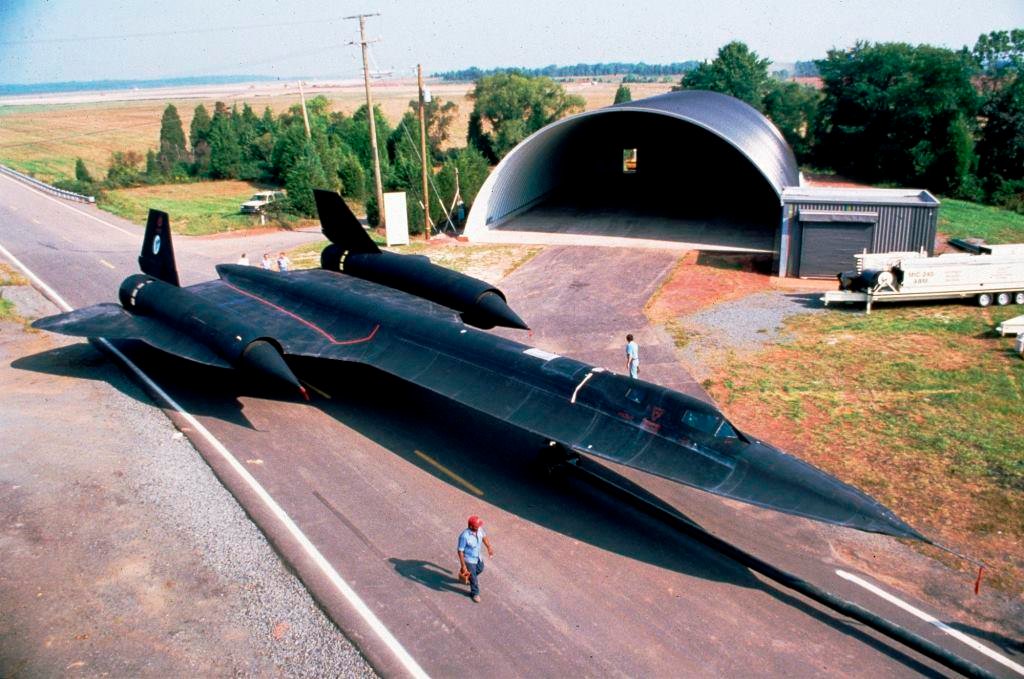

Lockheed Martin SR71 Vs SR72
The Lockheed Martin SR-71 Blackbird was a strategic reconnaissance aircraft. The aircraft was developed and operated by the United States Air Force during the Cold War. The SR-72 is a proposed hypersonic aircraft. It is currently in the development stage and is being developed by Lockheed Martin.
The main differences between the SR-71 and SR-72 are as follows:
- Speed: The SR-71 was capable of flying at speeds of up to Mach 3.2, while the SR-72 is designed to fly at speeds of Mach 6 or greater.
- Technology: The SR-71 was powered by two Pratt & Whitney J58 engines and was equipped with advanced reconnaissance systems and avionics. The SR-72, on the other hand, is being developed with advanced hypersonic technologies, including a combination of a traditional turbojet engine and a ramjet engine.
- Mission: The SR-71 was primarily used for strategic reconnaissance missions, while the SR-72 is being developed as a high-speed strike and reconnaissance platform.
- Design: The SR-71 was a sleek and slender aircraft with a long, pointed nose and swept-back wings. The SR-72 is expected to have a more conventional aerodynamic shape and will be designed to operate at high altitudes.
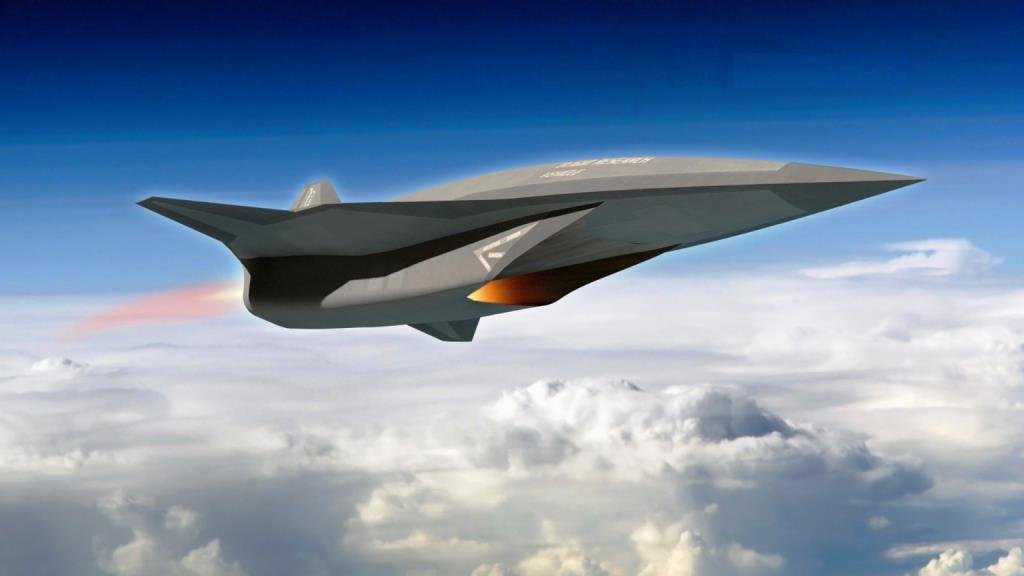

The SR-71 and SR-72 are two distinct aircraft with different capabilities and missions. The SR-71 was a technological marvel during its time. The SR-72 is expected to be a similarly advanced platform in the future.
What Do you know about India’s latest light combat aircraft made by HAL
The “HAL LCA Tejas” is the latest aircraft in India.
Pro-Tip: The Lockheed f 35 lightning 2 is a 5th-generation fighter aircraft.

